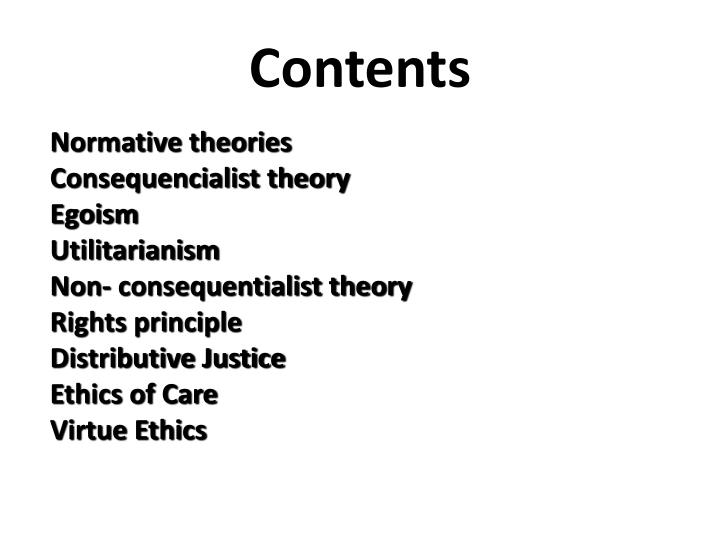

These will be addressed in more detail later, but for now social institutions may be understood to include: the government, work, education, family, law, media, and medicine, among others. The elements of a social structure, the parts of social life that direct possible actions, are the institutions of society. “Social Structure” by Shane is licensed under CC BY-SA 4.0 For instance, our bones may deteriorate over time, suffer acute injuries, or be affected by disease, but they never spontaneously change location or disappear into thin air. Structures limit possibility, but they are not fundamentally unchangeable. The human body is structured by bones that is to say that the rest of our bodies’ organs and vessels are where they are because bones provide the structure upon which these other things can reside. They are intangible social relations, but work much in the same way as structures we can see: buildings and skeletal systems are two examples. 69-88.Unit I: An Introduction to Women, Gender, Sexuality Studies: Grounding Theoretical Frameworks and ConceptsĪ social structure is a set of long-lasting social relationships, practices and institutions that can be difficult to see at work in our daily lives. 33), Emerald Publishing Limited, Bingley, pp. (2018), "From Neutral Competence to Competent Neutrality? Revisiting Neutral Competence as the Core Normative Foundation of Western Bureaucracy", Bureaucracy and Society in Transition ( Comparative Social Research, Vol. This chapter concludes by suggesting the concept of competent neutrality and discussing implications for our understanding of bureaucratic neutrality. This chapter discusses the literature on neutral competence and presents an empirical analysis of Danish and British civil servants’ accounts of neutrality. Empirical findings from the late 1970s onwards demonstrated that bureaucrats are by no means as neutral and ‘apolitical’ as assumed, but rather remarkably involved in political processes.

However, there is no strict politics–administration dichotomy in contemporary politico-administrative systems.

In that sense, bureaucrats are conceived as neutral, obedient servants that subordinate their behaviour to the will of political masters, to the law and the common good.

Because elected politicians come and go with elections, they cannot ensure that political decisions are carried out based on the ‘best’ available knowledge. Conventionally, a neutral bureaucracy is considered to assure competence and immunity against opportunistic ideas brought in by volatile, sometimes erratic political leadership. In that respect, neutrality and merit-based recruitments are often considered the opposite of politicisation. According to conventional wisdom, the firm and encompassing implementation of the merit principle realises the idea of a neutral bureaucracy. The conception of the neutral bureaucracy is closely linked to the notion of the prominent politics–administration dichotomy of the two spheres of politics and administration, as advocated by Max Weber (1980) and Woodrow Wilson (1887). Neutrality has traditionally been considered a key trait of the civil service in Western democracies.


 0 kommentar(er)
0 kommentar(er)
